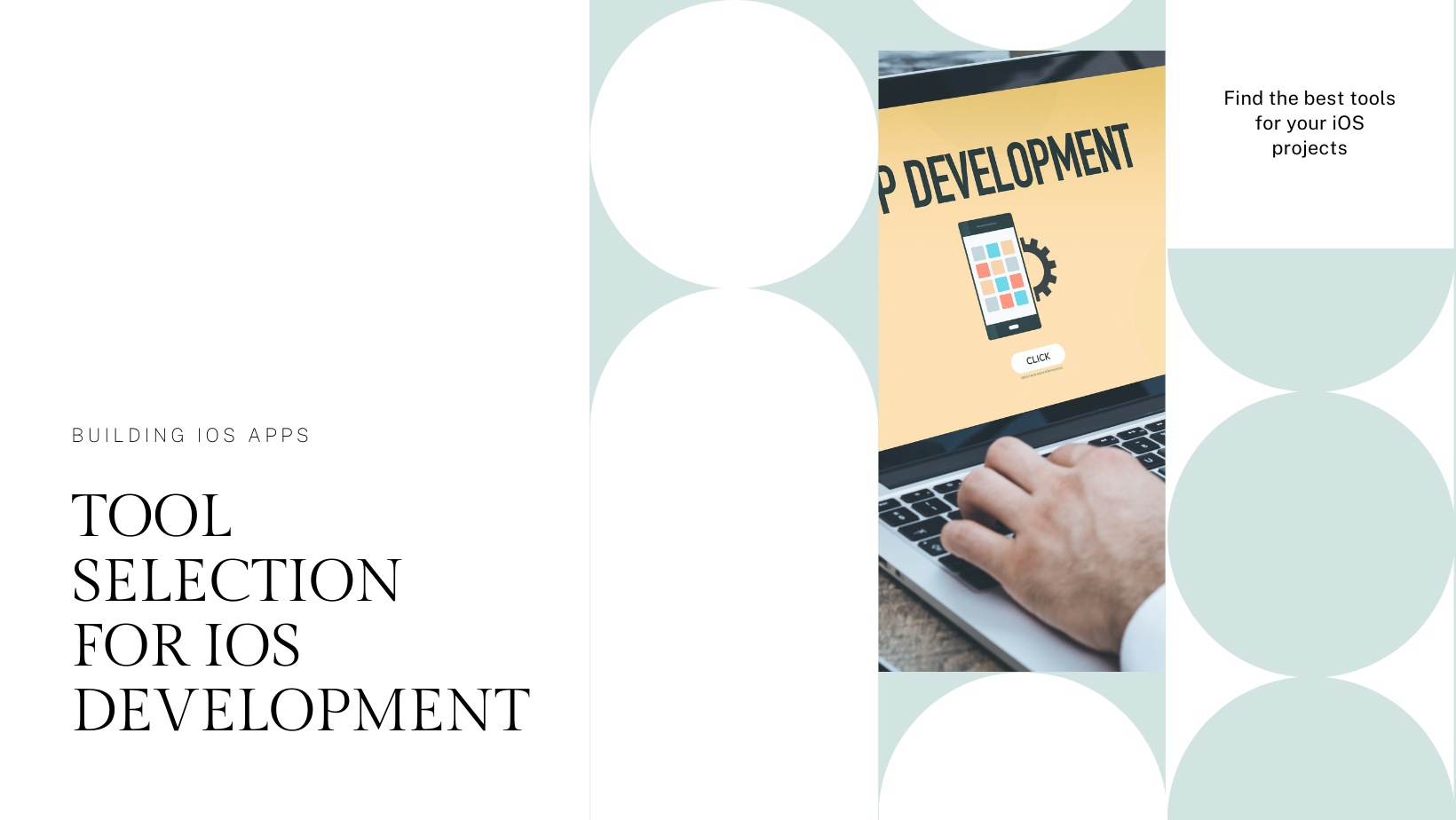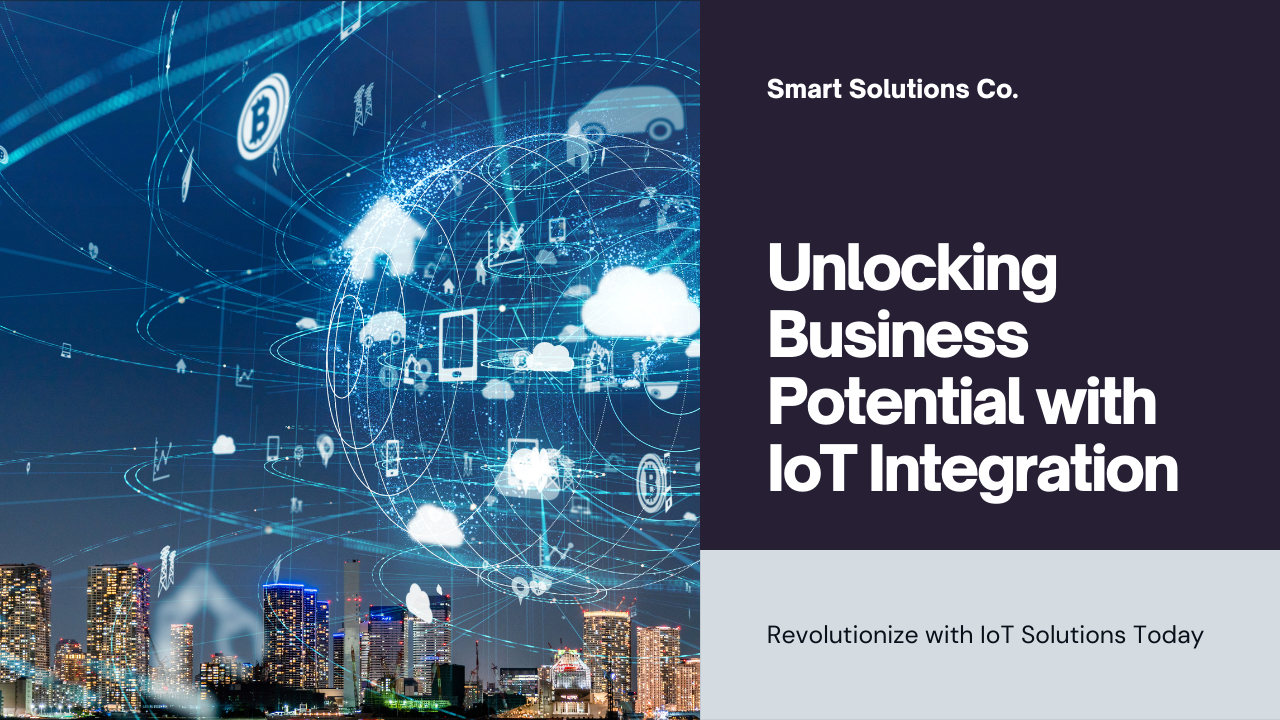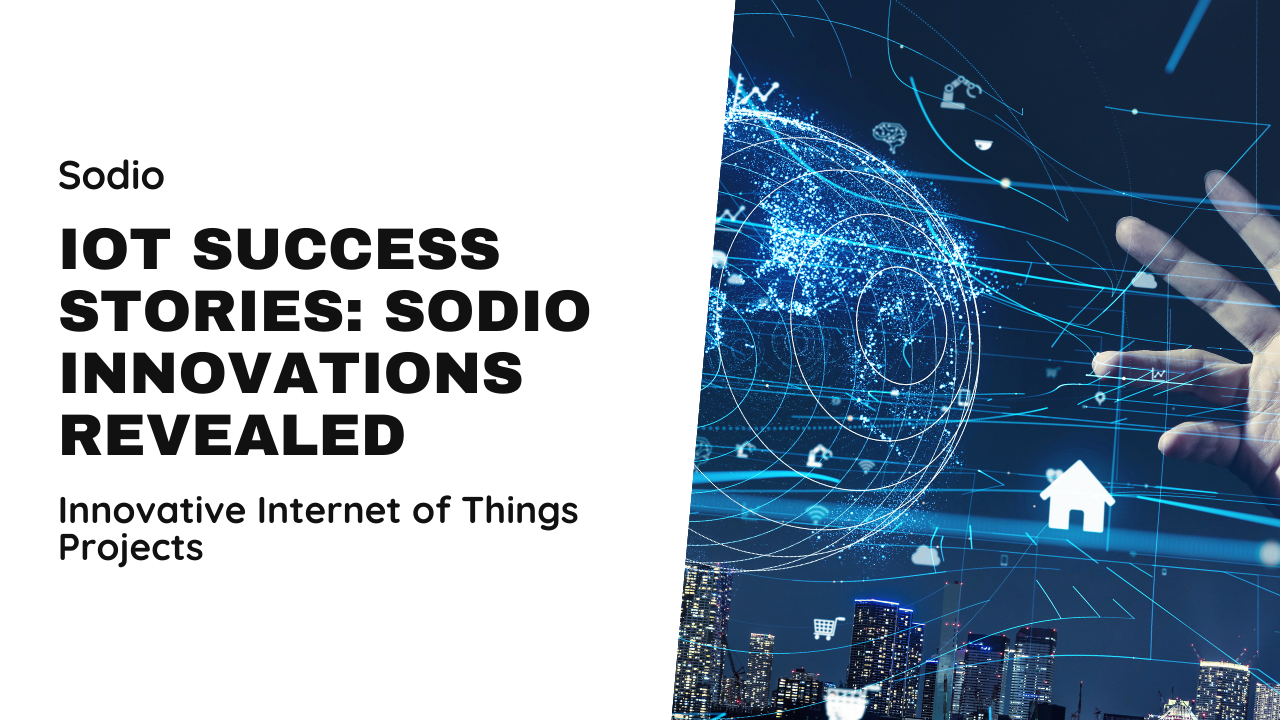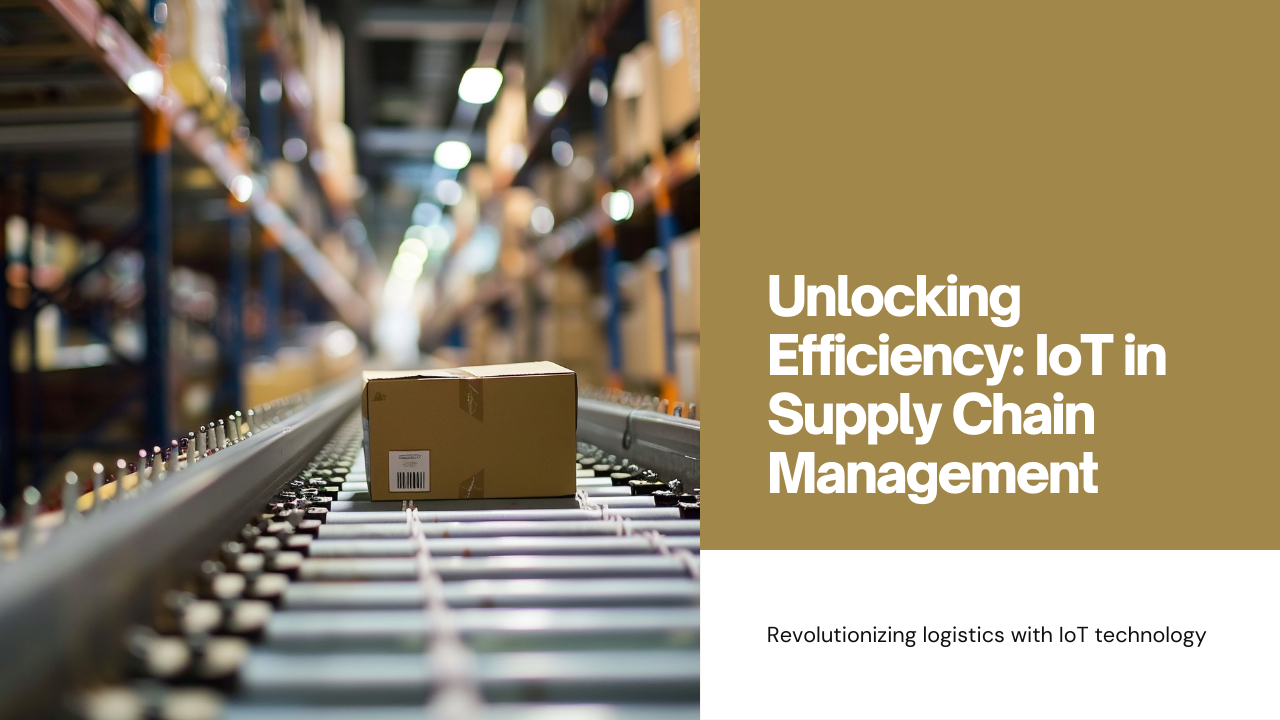The Internet of Things (IoT) is revolutionizing how we live, work, and interact with the world around us. From smart homes to connected cars and industrial automation, IoT technology is enabling a new era of connectivity and intelligence. This blog aims to provide a comprehensive understanding of IoT technology, its components, applications, benefits, and the future potential it holds. Let’s delve into the fascinating world of IoT and explore how it is transforming our lives.
What is IoT?
Definition
The Internet of Things (IoT) refers to the network of physical objects—”things”—embedded with sensors, software, and other technologies to connect and exchange data with other devices and systems over the internet. These “things” can range from everyday household items like refrigerators and thermostats to industrial machinery and wearable devices.
How IoT Works
IoT devices collect data from their environment through sensors, process this data using embedded software, and communicate the information via the internet to other devices or cloud-based systems. This data can then be analyzed and acted upon to provide insights, automate processes, and enhance decision-making.
Components of IoT
1. Sensors and Actuators
Sensors are the primary data collectors in an IoT system, measuring various parameters such as temperature, humidity, light, motion, and more. Actuators, on the other hand, are devices that can cause physical actions based on data received, such as turning on a light or adjusting a thermostat.
2. Connectivity
IoT devices need a way to transmit the data they collect to other devices or systems. This is where connectivity comes into play. Common connectivity options include Wi-Fi, Bluetooth, Zigbee, LoRa, and cellular networks.
3. Data Processing
Once data is collected, it needs to be processed to extract valuable insights. This can be done locally on the device (edge computing) or sent to centralized servers (cloud computing) where more complex analysis can be performed.
4. User Interface
The user interface (UI) is how users interact with IoT devices. This can be through mobile apps, web dashboards, or voice commands. The UI allows users to monitor, control, and receive alerts from their IoT devices.
Applications of IoT
1. Smart Homes
IoT technology is at the heart of smart homes, where devices like smart thermostats, security cameras, and connected appliances work together to create a more convenient, efficient, and secure living environment. For instance, a smart thermostat can learn your daily routine and adjust the temperature accordingly, saving energy and enhancing comfort.
2. Healthcare
In healthcare, IoT devices such as wearable fitness trackers, remote patient monitoring systems, and smart medical devices are improving patient care and outcomes. These devices can monitor vital signs in real-time, provide alerts in case of abnormalities, and enable remote consultations, reducing the need for frequent hospital visits.
3. Industrial IoT (IIoT)
The industrial sector is leveraging IoT for predictive maintenance, asset tracking, and process optimization. IIoT enables factories to monitor equipment health, predict failures before they occur, and optimize production processes, leading to reduced downtime and increased efficiency.
4. Transportation
IoT is transforming the transportation industry with connected vehicles, smart traffic management systems, and fleet tracking solutions. Connected vehicles can communicate with each other and infrastructure to enhance safety and efficiency, while fleet tracking helps optimize routes and reduce fuel consumption.
5. Agriculture
IoT is making agriculture smarter with precision farming techniques that utilize sensors and drones to monitor soil conditions, weather patterns, and crop health. This data-driven approach helps farmers make informed decisions, increase yields, and reduce resource wastage.
Benefits of IoT
1. Improved Efficiency
IoT enables automation and real-time monitoring, which can significantly improve operational efficiency. For example, in manufacturing, IoT can optimize production lines and reduce waste, while in logistics, it can streamline supply chain operations.
2. Enhanced Customer Experience
IoT allows businesses to offer personalized and seamless experiences to their customers. Smart devices can learn user preferences and provide tailored recommendations, while connected services can offer proactive support and maintenance.
3. Cost Savings
By optimizing resource usage and preventing equipment failures, IoT can lead to substantial cost savings. Predictive maintenance, for instance, can reduce downtime and extend the lifespan of machinery, saving money on repairs and replacements.
4. Better Decision-Making
The data collected by IoT devices provides valuable insights that can inform better decision-making. Businesses can analyze this data to identify trends, predict future outcomes, and make strategic decisions that drive growth and innovation.
5. Increased Safety and Security
IoT enhances safety and security in various domains. In smart homes, IoT-enabled security systems can detect and respond to intrusions, while in industrial settings, IoT can monitor hazardous conditions and prevent accidents.
Challenges of IoT
1. Security Concerns
With the increasing number of connected devices, security is a major concern. IoT devices can be vulnerable to cyber-attacks, data breaches, and unauthorized access. Ensuring robust security measures, such as encryption, authentication, and regular updates, is crucial to protect IoT systems.
2. Interoperability
The diverse range of IoT devices and platforms can lead to interoperability issues. Standardization and the development of common protocols are essential to ensure seamless communication and integration between different IoT devices and systems.
3. Data Privacy
The vast amount of data collected by IoT devices raises privacy concerns. Businesses must implement stringent data protection policies and obtain user consent before collecting and processing personal information.
4. Scalability
As IoT networks grow, managing and scaling these systems can become challenging. Ensuring that the infrastructure can handle a large number of devices and the associated data traffic is essential for the smooth operation of IoT solutions.
5. Energy Consumption
Many IoT devices are battery-powered, and ensuring efficient energy consumption is critical to prolonging their lifespan. Developing low-power IoT solutions and implementing energy-efficient protocols are necessary to address this challenge.
The Future of IoT
1. 5G Connectivity
The rollout of 5G networks is set to revolutionize IoT by providing faster, more reliable, and lower-latency connectivity. This will enable real-time applications, such as autonomous vehicles and remote surgeries, and support the massive growth of IoT devices.
2. AI and Machine Learning
Integrating AI and machine learning with IoT will enhance the intelligence and capabilities of IoT systems. AI can analyze vast amounts of data generated by IoT devices, enabling predictive analytics, anomaly detection, and automated decision-making.
3. Edge Computing
Edge computing, which processes data closer to the source rather than in centralized cloud servers, will become increasingly important in IoT. This approach reduces latency, enhances data privacy, and enables real-time processing for critical applications.
4. Smart Cities
IoT will play a pivotal role in the development of smart cities, where interconnected systems manage everything from traffic and waste to energy and water supply. Smart cities will enhance urban living by improving efficiency, sustainability, and quality of life.
5. IoT in Everyday Life
As IoT technology continues to evolve, it will become even more integrated into our daily lives. From smart wearables that monitor health to connected appliances that automate household tasks, IoT will enhance convenience, comfort, and well-being.
How Sodio Technologies Can Help
At Sodio Technologies, we specialize in developing innovative IoT solutions that cater to various industries and applications. Our team of experts can help you design, develop, and deploy IoT systems that meet your specific needs and objectives. Here’s how we can assist you in your IoT journey:
Custom IoT Development
We offer custom IoT development services tailored to your unique requirements. Whether you need a smart home solution, an industrial IoT system, or a connected healthcare device, we can create a solution that meets your needs and exceeds your expectations.
High-Quality Hardware and Software
Our team designs and develops high-quality IoT hardware and software that ensure reliable performance and seamless integration. We use the latest technologies and best practices to deliver robust and scalable IoT solutions.
End-to-End Solutions
We provide end-to-end IoT solutions, from initial concept and design to development, deployment, and maintenance. Our comprehensive approach ensures that your IoT project is executed smoothly and efficiently, delivering the desired results.
Data Analytics and Insights
We offer advanced data analytics services to help you derive valuable insights from your IoT data. Our expertise in AI and machine learning enables us to provide predictive analytics, anomaly detection, and automated decision-making solutions.
Ongoing Support and Maintenance
Our commitment to your success extends beyond deployment. We provide ongoing support and maintenance services to ensure your IoT systems remain operational and up-to-date. We continuously monitor performance, address any issues, and make necessary updates to keep your IoT solutions running smoothly.
Conclusion
The Internet of Things (IoT) is transforming how we live and work, offering unprecedented opportunities for innovation, efficiency, and connectivity. By understanding the components, applications, benefits, and challenges of IoT, businesses can harness this technology to enhance customer experiences, optimize operations, and drive growth.
At Sodio Technologies, we are dedicated to helping businesses leverage the power of IoT to achieve their goals. Our expertise in custom IoT development, high-quality hardware and software, end-to-end solutions, data analytics, and ongoing support ensures that your IoT journey is successful and impactful. Embrace the future with IoT technology and unlock the potential of a connected world.






